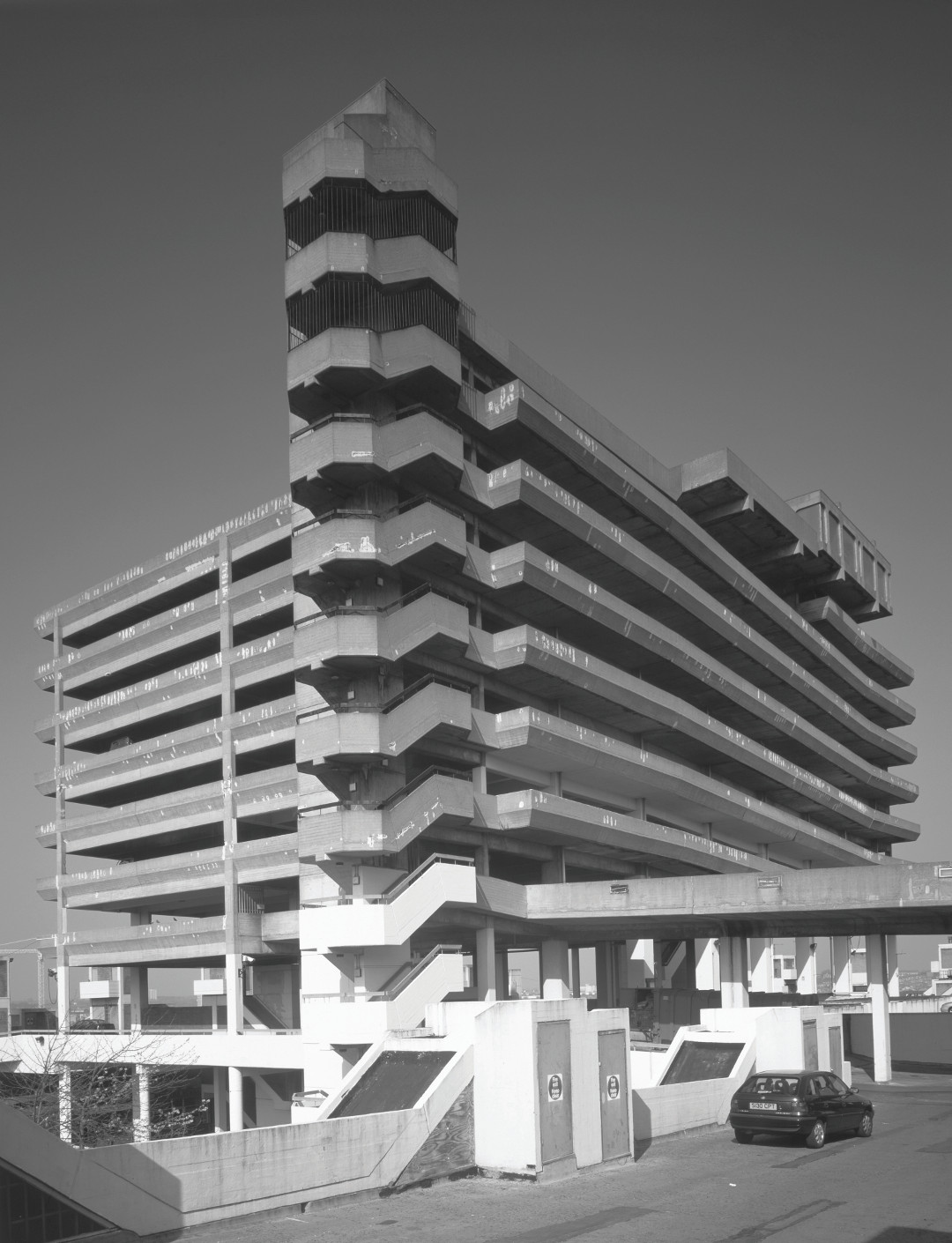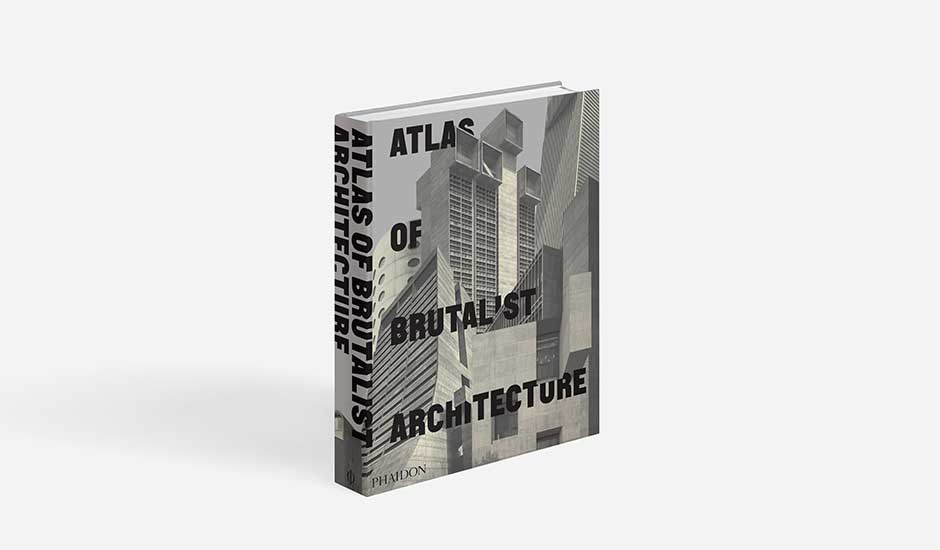
Is Owen Luder Britain’s most brutal architect?
The creator of Gateshead’s Trinity Square and Portsmouth’s Tricorn Centre celebrates his 90th birthday today
If there was a prize for the most brutal of Britain’s brutalist architects, it would probably go to Owen Luder, who celebrates his 90th birthday today. He wasn’t the first Brit to pioneer angular, concrete architecture, but his buildings were among the most stark and prominent of the form, drawing strong praise and shrill condemnation in almost equal measure.
Film fans will know his Trinity Square development in Gateshead, north-eastern England from the 1971 thriller, Get Carter; the movie’s star Michael Caine throws one of his adversaries from the top floor of this multi-storey carpark.
Unfortunately, the building itself met a similar fate in 2010, when as our forthcoming book, Atlas of Brutalist Architecture explains, it was torn down to make way for a new commercial development, with Gateshead Council selling off chunks of the rubble at £5 a tin.
Luder's Portsmouth shopping complex, the Tricorn Centre, on the south coast of Great Britain, was also levelled, following high profile criticism; the building, the site of which resembled a tricorn hat, was voted Britain’s ugliest by Radio 4 listeners in 2001, and, as Atlas of Brutalist Architecture notes, Prince Charles once likened the Tricorn Centre to ‘a mildewed lump of elephant droppings’. Tchaikovsky’s 1812 Overture was played over loudspeakers in celebration, as the demolition crew got to work, in 2004.
Others, however, recognised the beauty in the building; Atlas of Brutalist Architecture describes the Tricorn as “a medley of abstract forms in béton brut – orthogonal towers, rocket-like cylinders, graceful horizontal layers, spiralling ramps and zigzagging staircases – it was a study in sculptural geometry."
Unfortunately, well-to-do local shop keepers shared Prince Charles’s view. “The architects had intended the centre to be occupied by high-end retail stores, but its location failed to tempt them – instead, smaller businesses and a fruit-and-vegetable market moved in.”
Luder’s lesser-known residential block, Eros House, in Catford, South London, is still standing, though it has been updated in a fairly unsympathetic manner. Created with his regular collaborator Rodney Gordon, “the main structure is next to a staircase-tower that is distinctive for its sculptural form,” explains our book. “While the façade containing the apartments is a simple stack of dwelling modules, the tower has a strong presence, with its huge vertical concrete core and oblique rows of glass following the shape of the staircase inside. It is the latter staircase architecture that gives the building its dynamic character. Unfortunately, the staircase-tower is the only original exterior feature of the building today; the facade has been radically altered.”

Of course, there is one place where Luder and others can admire their work and legacy: in our forthcoming Atlas of Brutalist Architecture. This is the only book to thoroughly document the world's finest examples of Brutalist architecture, and feature than 850 buildings - existing and demolished, classic and contemporary – including Luder’s great, lost works. Order your copy here.